When I recently wrote an article about independent watchmaking in Russia, it amazed me how more than one of the watchmakers’ skills had been self-taught. The effort, skill and dedication to be able to achieve this is incredible, and I was fortunate enough to be able to speak with one of these watchmakers, Tsoroev Rashid, to learn more about his journey so far.
(There are three books in particular mentioned in this interview; I have added links for these at the end as an author’s note to help you find them online)
In Conversation with Tsoroev Rashid
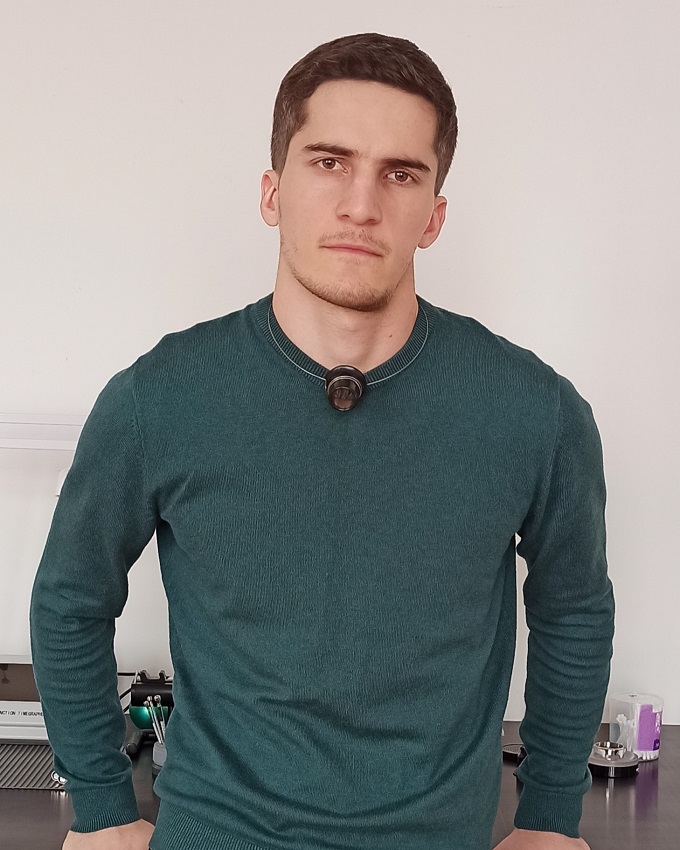
Tsoroev Rashid
WA: Your journey into watchmaking is very different to many. It is amazing to think that you taught yourself the skills needed to start your own brand, with no formal watchmaking training. To start with, can you tell us a little about this journey to launching your own brand?
TR: Well, that journey started when I was going back from school and saw beautiful showcase with watches of watch and jewellery shop. Until that moment I had never seen such beautiful watches before, and back then I didn’t realise that I would go so deep into watches, and later into watchmaking and horology.
When I saw all those watches, everything I wanted is to have one. I started to look for a watch and quickly realized that I can’t afford the watch I like, and only those I didn’t like. While learning more about watches I started to visit different websites regarding watches and the watch industry just to learn more about different brands, and maybe to find some watch for myself.
Thanks to those platforms I learned about world of independent watchmaking which impressed me quite a lot. I learned about George Daniels and his way in horology, saw the watches he made and was extremely impressed when I learned that all was made completely by hand… Mind blowing craftsmanship. I wanted to work with watches and started to learn about watch repair and watchmaking, with the help of books and some watch forums.
WA: George Daniels’ book “Watchmaking” played a significant role in your journey, and you followed in his footsteps in starting out by repairing old watches. What other books or online resources were most helpful, and why?
TR: Regarding the watch repair, I found the books by Donald De Carle to be very useful, especially “Complicated watches and their repair”. With the help of this particular book I learned about the work of some complicated movements such as perpetual calendar, chronograph, minute repeater and some other complications without having those complex movements in my hands, it was very useful to learn theory.
The Soviet watch industry was quite strong in the 20th Century, and even if I didn’t live in USSR, I can understand the power of Soviet watch industry thanks to the books. In the Soviet Union, making watches was something like science and a very huge industry for the country. For example, I found a very nice book by Sergey Vasilievich Tarasov – “Technology of watch manufacturing”, and in this book I learned some basics of watch design and manufacturing – at that time I didn’t have “Watchmaking” by Daniels.

Three of the books which helped Tsoroev Rashid on his watchmaking journey
But for me, the main problem of Soviet books was that only an industrial way of manufacturing was described there and not so much explanations on how to make a watch in a workshop, only later I was lucky to find “Watchmaking” by Daniels.
Online resources also were very helpful TimeZone, WatchProSite and Watchuseek just to name a few. There was quite a lot of information to learn on watch forums. Sometimes you can learn quite a lot if you carefully take a look at the photos from the workshops of watchmakers – just by looking at the image you can understand which process is happening and which tools used for that.
WA: In your journey exploring the world of horology, which watchmakers or brands did you find most inspiring and why?
TR: I have to say that it is difficult to name just a few names or brands… I love watches in all different forms, but if I have to name some I’ll say that everything done by George Daniels is lovely and inspiring for me.
Among today’s watchmakers I admire the work of Roger Smith, Philippe Dufour and Hajime Asaoka quite a lot. I also love Konstantin Chaykin’s creations, all of his watches feature unique inventions which shows his impressive ingenuity. His start in watchmaking was very bold and I think it also given me some inspiration and motivation.
Regarding the brands, I love independents like FP Journe, De Bethune, Voutilainen and some others.
WA: It was about 6 years into working with watches that you started working on your School Watch, and a few months later it was ready. Can you tell us about this process? How did you prepare for the challenge? What was your favourite part? Was there anything that you found easier, or more challenging, than you had anticipated?
TR: I started making of my school watch in 2018 when I decided that I have to make watches. I didn’t have tools for that, and I started to look for them. I quickly realized that I wouldn’t be able to make my own movement because the equipment required for that was quite expensive, and I decided to restore an old movement and make the case, dial and hands for it.
I found out that one of my relatives had a lathe at his work and I asked him if I can use their lathe for some time. So I started with making of my first case. The most challenging was the work with the lathe which was in a horrible condition, and looking back I have no idea how I managed to make the case with that lathe, but after one or two months it was ready and it was quite good for first experience in case making.
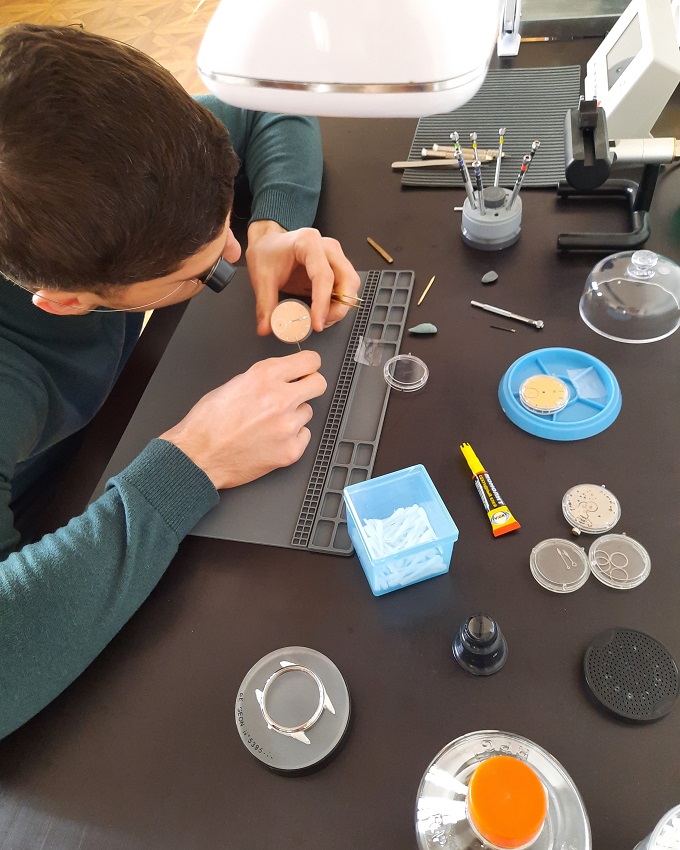
Tsoroev Rashid at the workbench – photo, Tsoroev Rashid
My favourite part was making the lugs for the case and hands. These parts were made only with manual operated tools such as a jewellers saw and files. What I love in using these tools is that you have a full control of the process, because everything is operated only by hand and there is no motor or computer operated machinery.
I think the most challenging part of the process was to make everything precisely due to the horrible condition of the lathe. That was the main difficulty!
WA: After this you started your own brand, Tsoroev Rashid, and released your first production watch, Arrow, in 2019. How different or similar was the process of creating a production Tsoroev Rashid watch compared to creating your School Watch?
TR: Completely different to say the least. When you create something just out of curiosity like the school watch, is one thing and it’s completely different when you want to create finished product which you’ll wear everyday. I created Arrow as a watch for myself and I wanted it to be as good as possible.
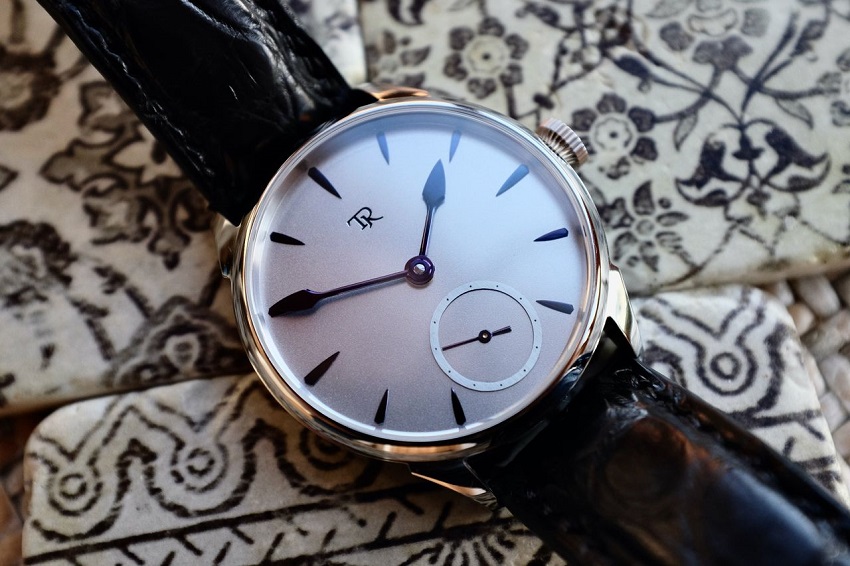
Tsoroev Rashid Arrow – photo, The Limited Edition
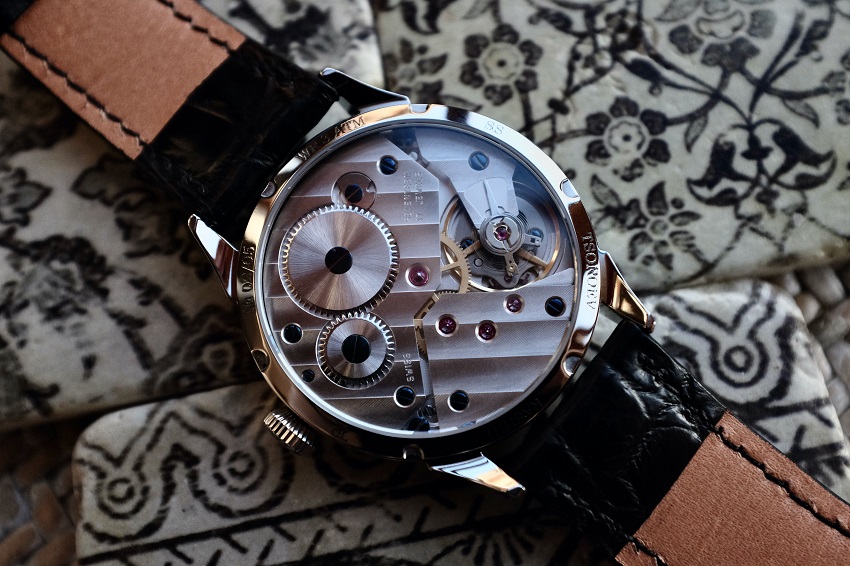
Tsoroev Rashid Arrow caseback – photo, The Limited Edition
The school watch was made with quite classic design, while for Arrow I wanted to make the watch which will have classic style but make it special at the same time. That was quite an interesting task and later I came to the idea of building all the design of the watch around the idea of this object, the Arrow.
In terms of making, it was bit more complicated. I learned more about finishing of the dial parts, cases and dial making. I needed to make a complete product without any of the flaws which were in the school watch. A whole different story.
Later when I finished the watch I decided that it will be better if I will show it to the public online and maybe have some feedback and understanding on what to do next. When I presented it, feedback was very good and I received some orders for special watches I made on order and then I was working mostly with these special projects.
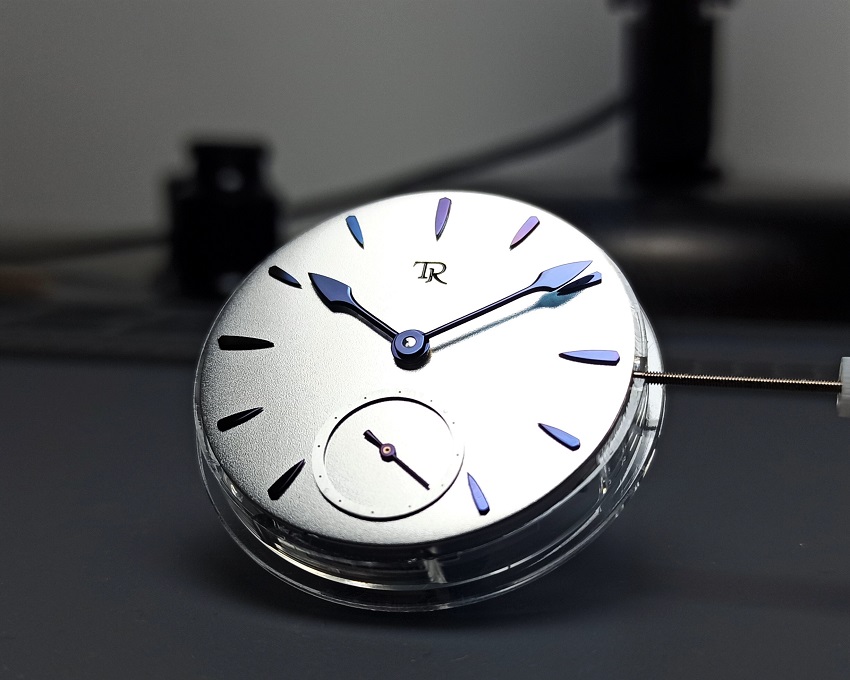
Tsoroev Rashid Arrow – photo, Tsoroev Rashid
Then in 2020, Pietro of The Limited Edition contacted me and asked me if they can present my Arrow watch to their collectors. The collectors’ feedback was very nice and we sold both series of Golden and Silver Arrows in one or two hours. I was impressed and realized that Pietro and the whole team of The Limited Edition does amazing work promoting independent brands and watchmakers.
In December 2021, I presented last versions of Arrow in Salmon and Anthracite colours of dial, and again collectors have shown their tremendous support and at the moment we have just few pieces available in series of 30 Salmon and 20 Anthracite Arrows.
I think after these two versions existing Arrow model wouldn’t be made anymore in any new version as I want to present new model by the end of the year.
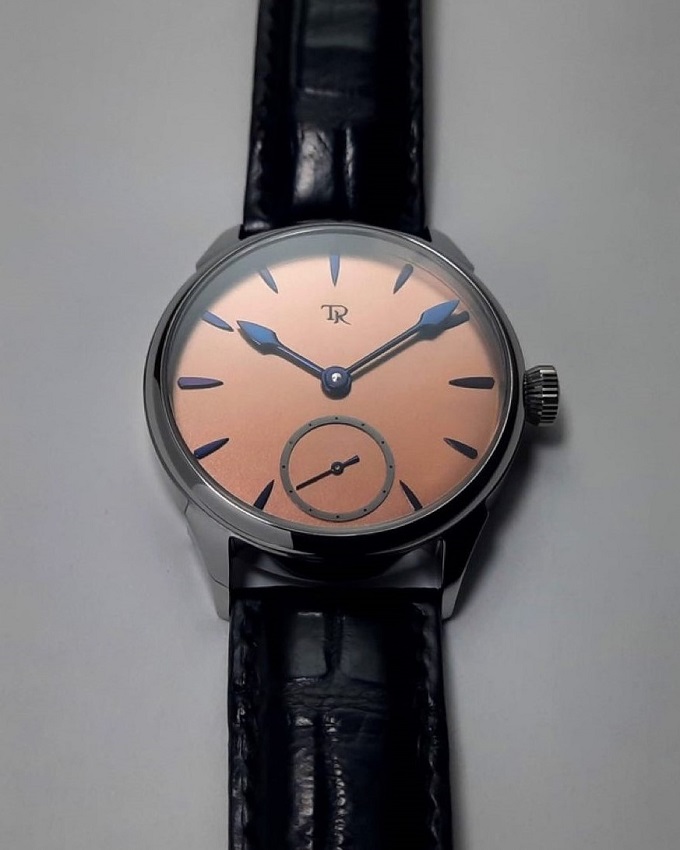
Tsoroev Rashid Arrow Salmon Dial – photo, The Limited Edition
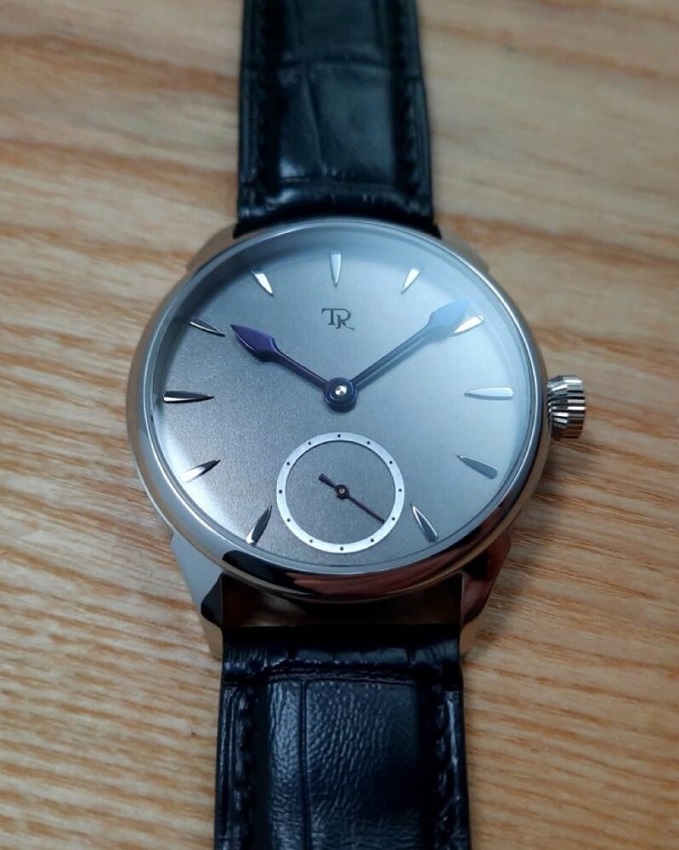
Tsoroev Rashid Arrow Anthracite Dial – photo, The Limited Edition
WA: The Tsoroev Rashid Shield watch is totally different from anything else I have seen. I love the idea of having the Shield on the crystal and using a single hand to indicate the hours on one side, with an indication of the minutes on the other.
You have said that the Shield was inspired by your interest in Ancient Cultures such as the Greeks and Romans, and it occurred to me that this may also have partially inspired the Arrow too, given the arrowhead is a prominent shape in these cultures as well. Is Ancient Cultures another passion that you would turn to again in future for inspiration? Or, for you, can inspiration strike at any time?
TR: I think that Shield watch was good continuation for my collection. I wanted to make the watch which will give clients freedom for their creativity and at the same stay in this topic of Ancient Culture.
I love ancient culture because it has something timeless in it and I want to see this timelessness in my watches as well. But I have to say that Ancient Culture is not the only thing which inspires me. I find lot of inspiration in creations of watchmakers of the past like Abraham Louis Breguet, John Harrison and George Daniels.
Sometimes an idea can come from engineering field, or from jewellery. It’s a constant process which doesn’t stops and Ancient Culture is only part of it.
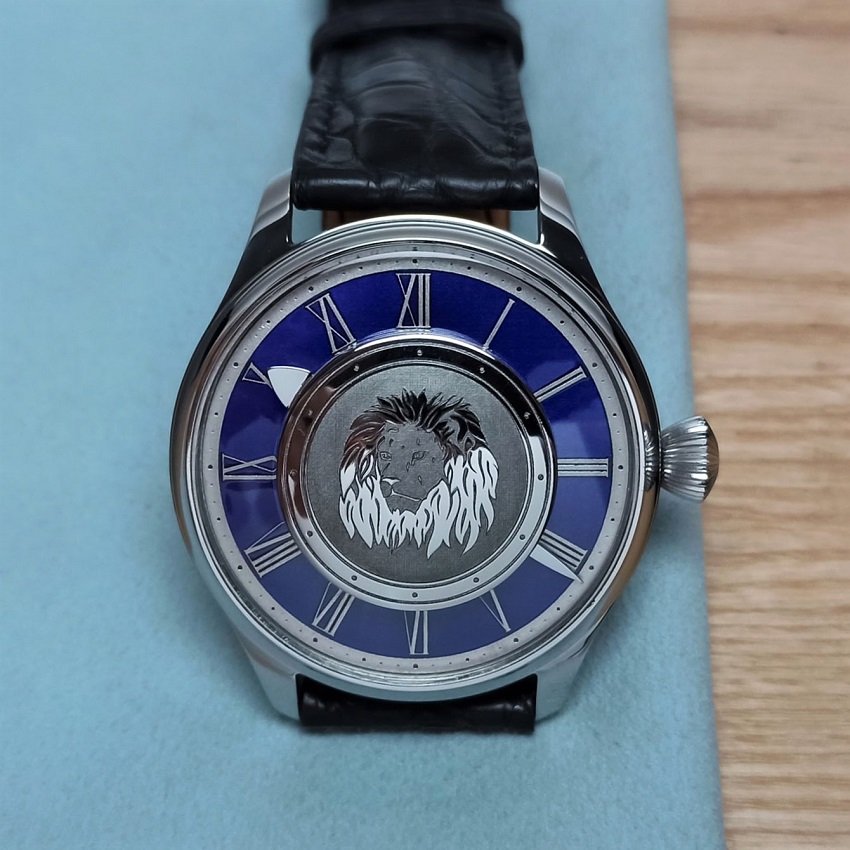
Tsoroev Rashid Shield – photo, Tsoroev Rashid
WA: It is an exciting time for independent watchmaking in Russia, with many emerging and established watchmakers getting recognition for their work on the world’s stage. What does it mean to you personally to be a part of this journey?
TR: I think it’s a good moment for Russian watchmakers to prove that we can make nice watches. We have to do our best in order to give better recognition for Russian watchmaking on the world’s stage because in fact we are one of the first watchmakers in Russia, with the exception of Konstantin Chaykin – he has been on the world stage for a long time and inspired many watchmakers in Russia.
It’s a very big honour to be part of this, and I am personally feeling very responsible.
WA: Looking back on what you have learned, if you were to pass on some advice to another 15-year-old who wanted to become a watchmaker, what would you tell them?
TR: I don’t know if I can give any advice to young people because I need many advices myself! But looking back, I would say that the most important thing is to be patient and hardworking, always learn, experiment.
The other important thing is to be true to yourself and save your unique personality. I think it’s extremely important for any artist, not only watchmakers. Without that, everything you will do is try to copy the work of others. If you want to start with making watches, it will be better if you will bring something new there.
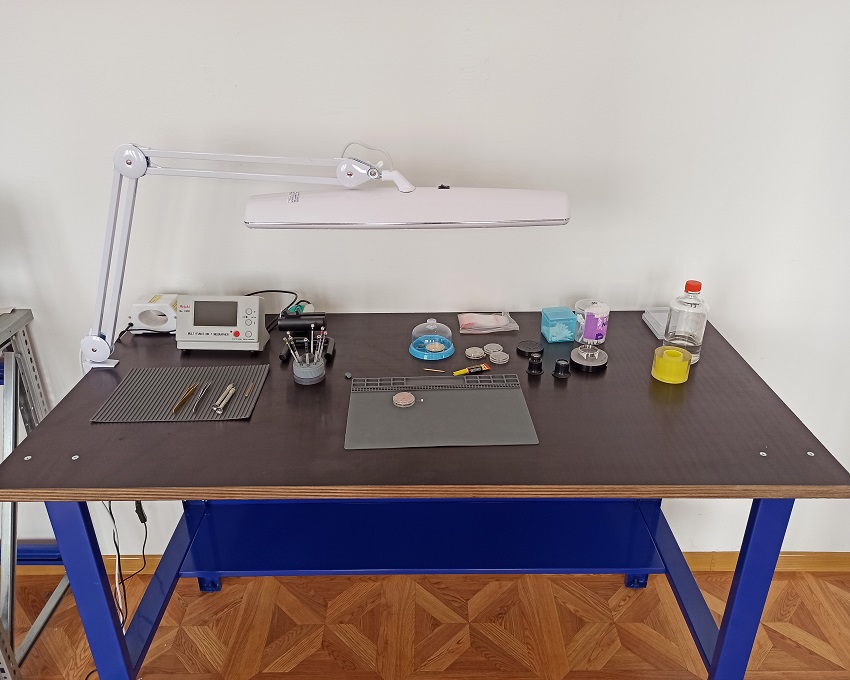
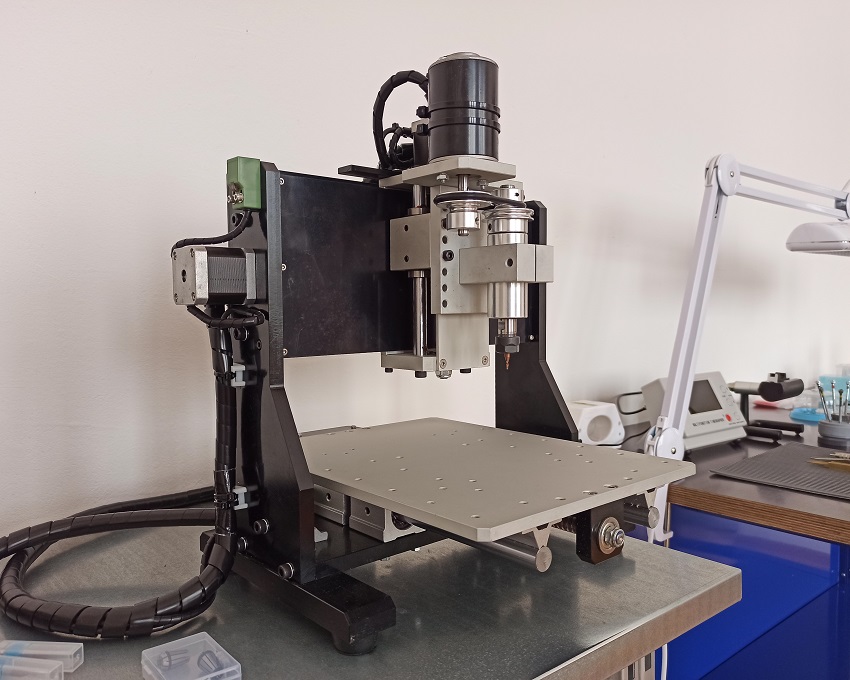
Workbenches and tools – photos, Tsoroev Rashid
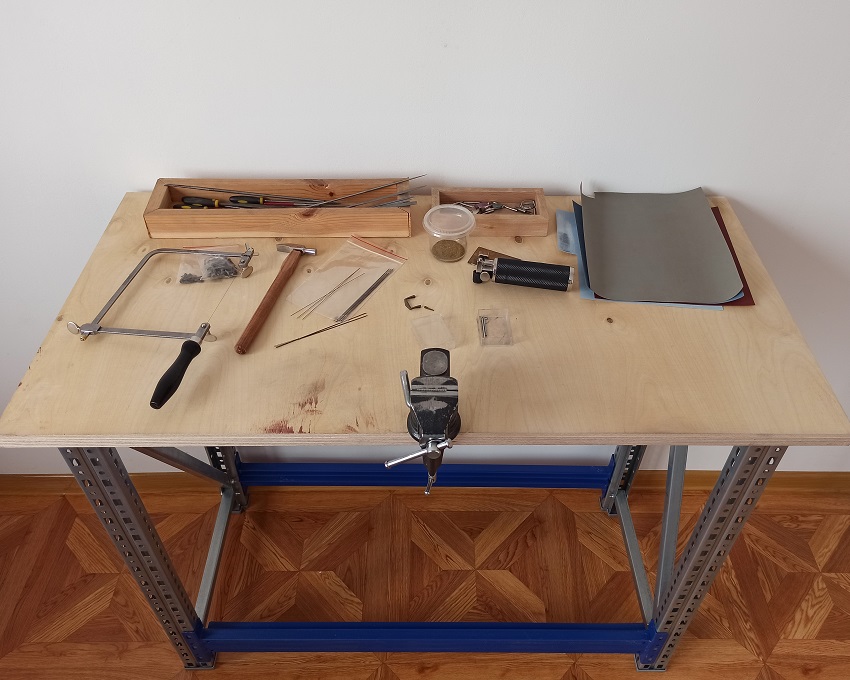
WA: What would you like to accomplish in the next few years? Do you have any ideas for what you would like to do next?
TR: I think instead of trying to make watches as complicated as possible, it would be better to simplify classic complications and make every single part of the movement as perfect, efficient and beautiful as possible. Less is more, less parts – more reliability. I think you will understand what I mean if you take a look at the Arrow model.
At the moment, the most important for me is making of my own movement. I want to offer clients more opportunities to personalize their timepieces and make really their own watches down to the finishing of the movement.
For the next few years I hope to show something in that field, and also I have some ideas regarding the classic complications, and I hope to show a nice timepiece with elegant combination of complications in two or three years, but for now I can’t say how long it may take exactly!
WA: Thank you, Rashid!
TR: Thank you!
Author’s note: there are three books in particular mentioned in this interview which, for those interested, are available as follows:
“Watchmaking” by George Daniels (affiliate link) | “Complicated Watches and their Repair” by Donald De Carle (affiliate link) | “Technology of Watch Production” by Sergey Vasilievich Tarasov (a rare book, this link is to an online PDF)
To learn more about Tsoroev Rashid, please visit TsoroevRashid.com or our partners at The Limited Edition.
Remember to mention “Watch Affinity” when speaking with the team at The Limited Edition to receive a small gift with any Tsoroev Rashid order!
Share your thoughts with us via our Contact page, or via our Instagram
Don’t forget to check out the Interviews Page for more!
You might also be interested in:
- Value for Money in Russian Independent Watchmaking – Part 3
- Recommended Reading: ‘All in Good Time – Reflections of a Watchmaker’ by George Daniels
- Influential Watchmakers: Abraham-Louis Breguet
- Watch Stationery and Gift Ideas
- Watch Books, Watch Boxes and more at the Watch Affinity Shop on Amazon (commissions earned)
As an Amazon Associate, I earn from qualifying purchases – thank you for your support

